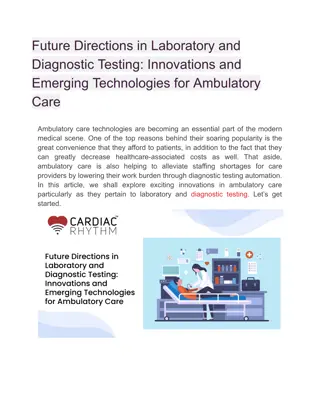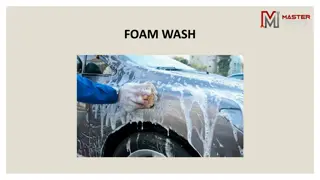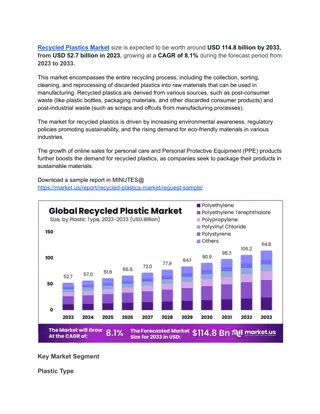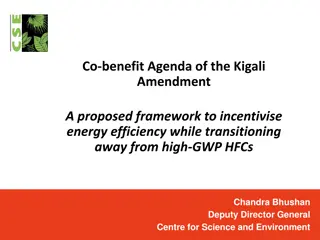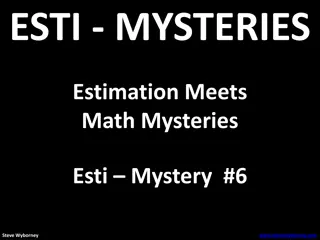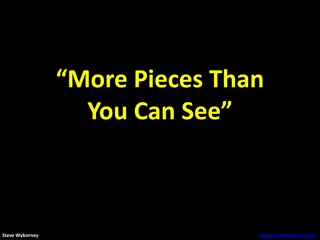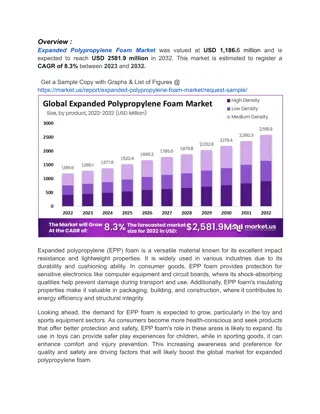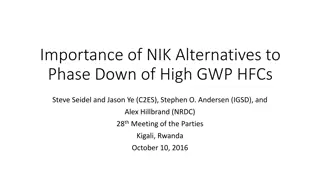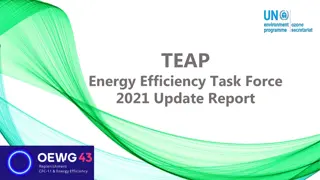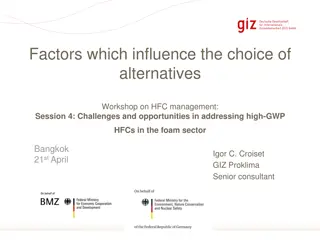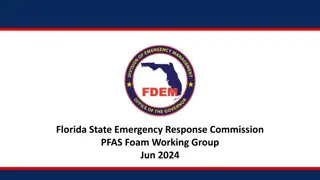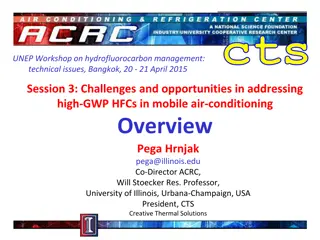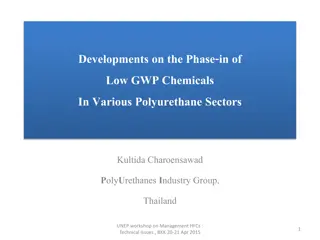Innovations in Low-GWP Technologies for the Foam Sector
Explore the development of low-GWP technologies and HCFC alternatives for the foam sector, including retrofitting solutions, safety measures, and cost comparisons. Discover the potential of nanopenta technology to streamline equipment integration. Conclude with insights on cost-effective solutions and customized projects for rigid foams.
Download Presentation

Please find below an Image/Link to download the presentation.
The content on the website is provided AS IS for your information and personal use only. It may not be sold, licensed, or shared on other websites without obtaining consent from the author.If you encounter any issues during the download, it is possible that the publisher has removed the file from their server.
You are allowed to download the files provided on this website for personal or commercial use, subject to the condition that they are used lawfully. All files are the property of their respective owners.
The content on the website is provided AS IS for your information and personal use only. It may not be sold, licensed, or shared on other websites without obtaining consent from the author.
E N D
Presentation Transcript
Welcome to Your Technology Centre SYSTEM HOUSES AND DEVELOPMENT OF low-GWP TECHNOLOGIES HCFC ALTERNATIVES FOR THE FOAM SECTOR TECHNOLOGIES AND EQUIPMENT SOLUTIONS
Conclusions Storage Premix Dosing Unit retrofitting Dry retrofitting Safeties aganinst explosion Formulation costs H2O NO NO NO NO NO 245fa X X X NO NO 2.90 $/kg Pentanes X X X X X 1.92 $/kg Preblended pentanes NO NO X X X HFO X X LIGHT NO NO 3.20 $/kg Methylformate NO NO X NO NO Methylal PREBLENDED NO NO X X X
HCFC SUBSTITUTION ON RIGID FOAMS: HYDROCARBONS Foam producers System houses Premix Dosing Safeties Premix Dosing POL Safeties Premix Dosing Safeties .
HCFC SUBSTITUTION ON RIGID FOAMS: PREBLENDED HYDROCARBONS Foam producers System houses Dosing + safeties Dosing + safeties POL Premix Dosing + safeties .
Nanopenta WHAT IF It will be possible to merge all the necessary equipment: Premixing Dosing Safeties in one simple and small unit???
CONCLUSIONS 1.) All High-GWP alternatives solutions for rigid foams are technically feasible with Cannon equipment 2.) HC are the most cost-effective solutions in terms of operating costs 3.) new customized solutions can be developed for Umbrella Projects
System Houses and Development of low-GWP technologies Thanks for Your Attention Stefano Verga



